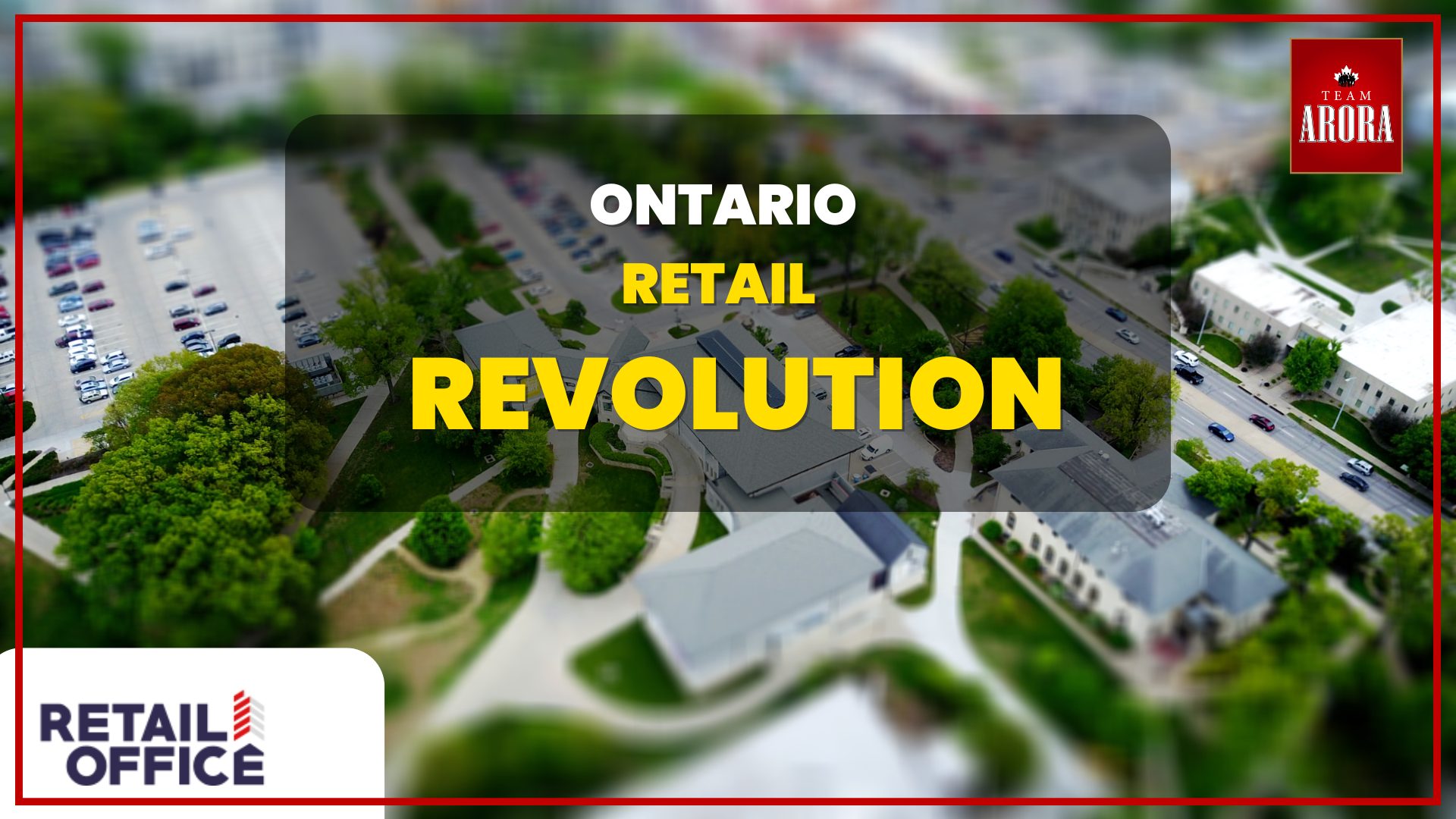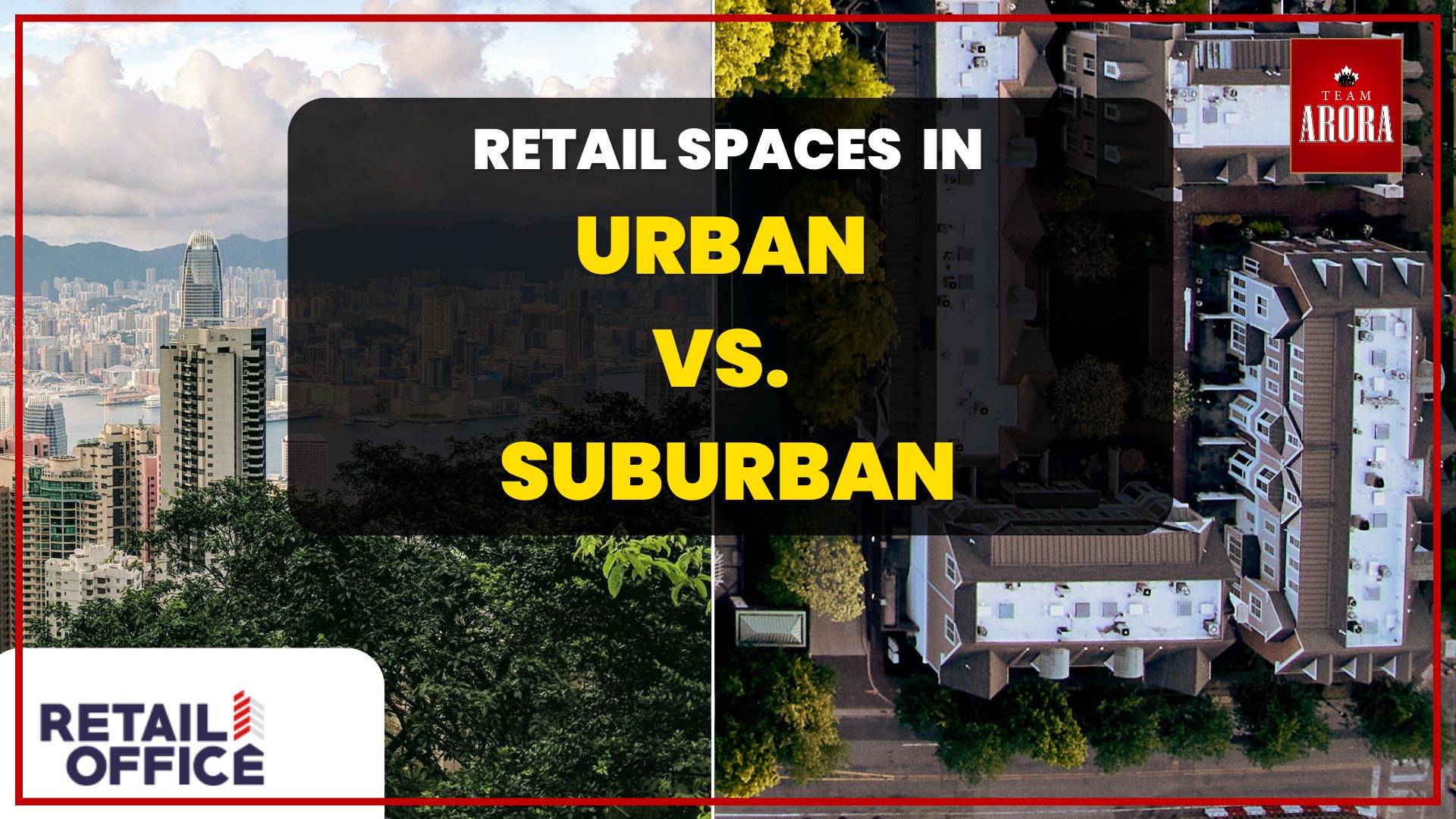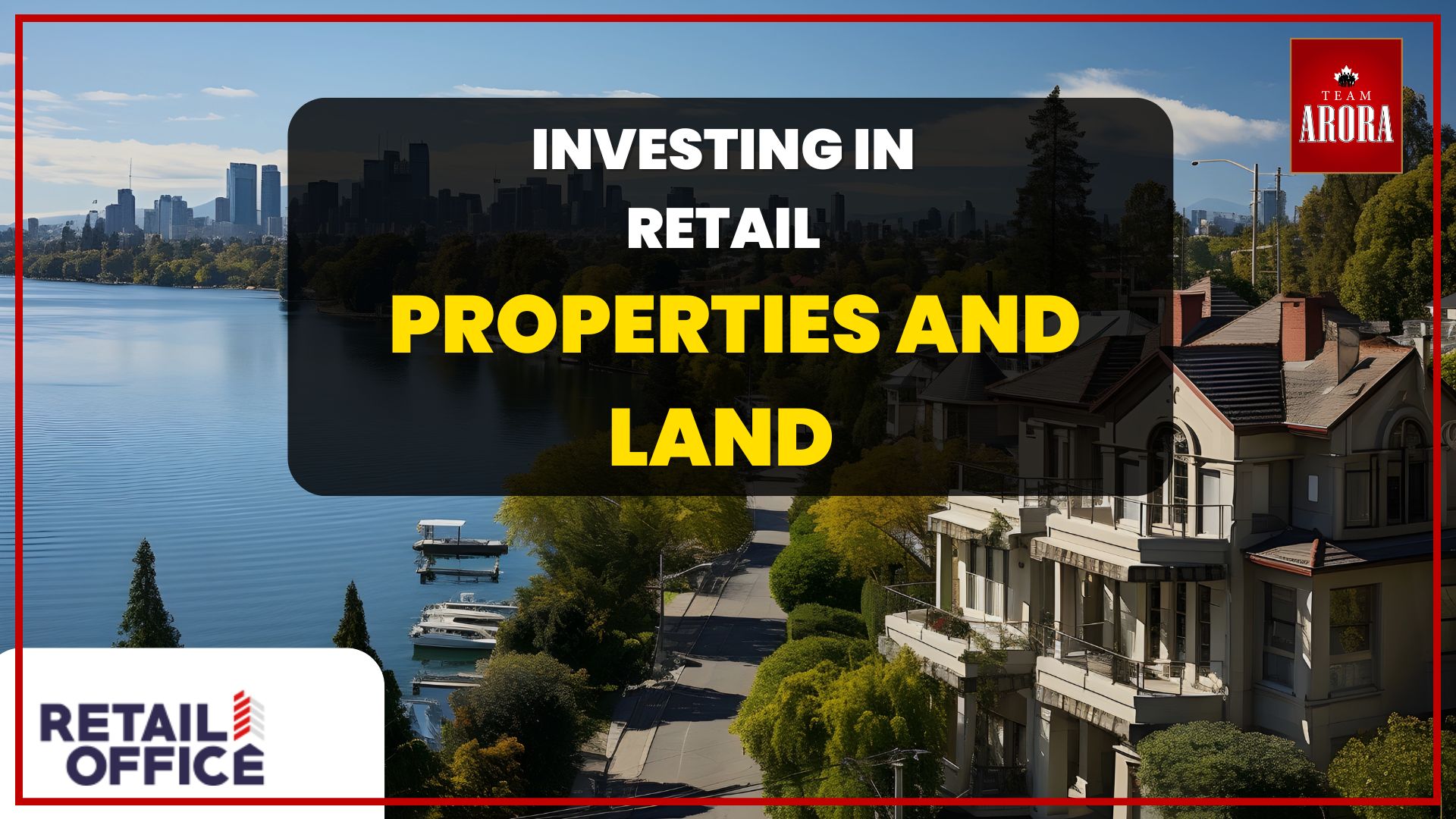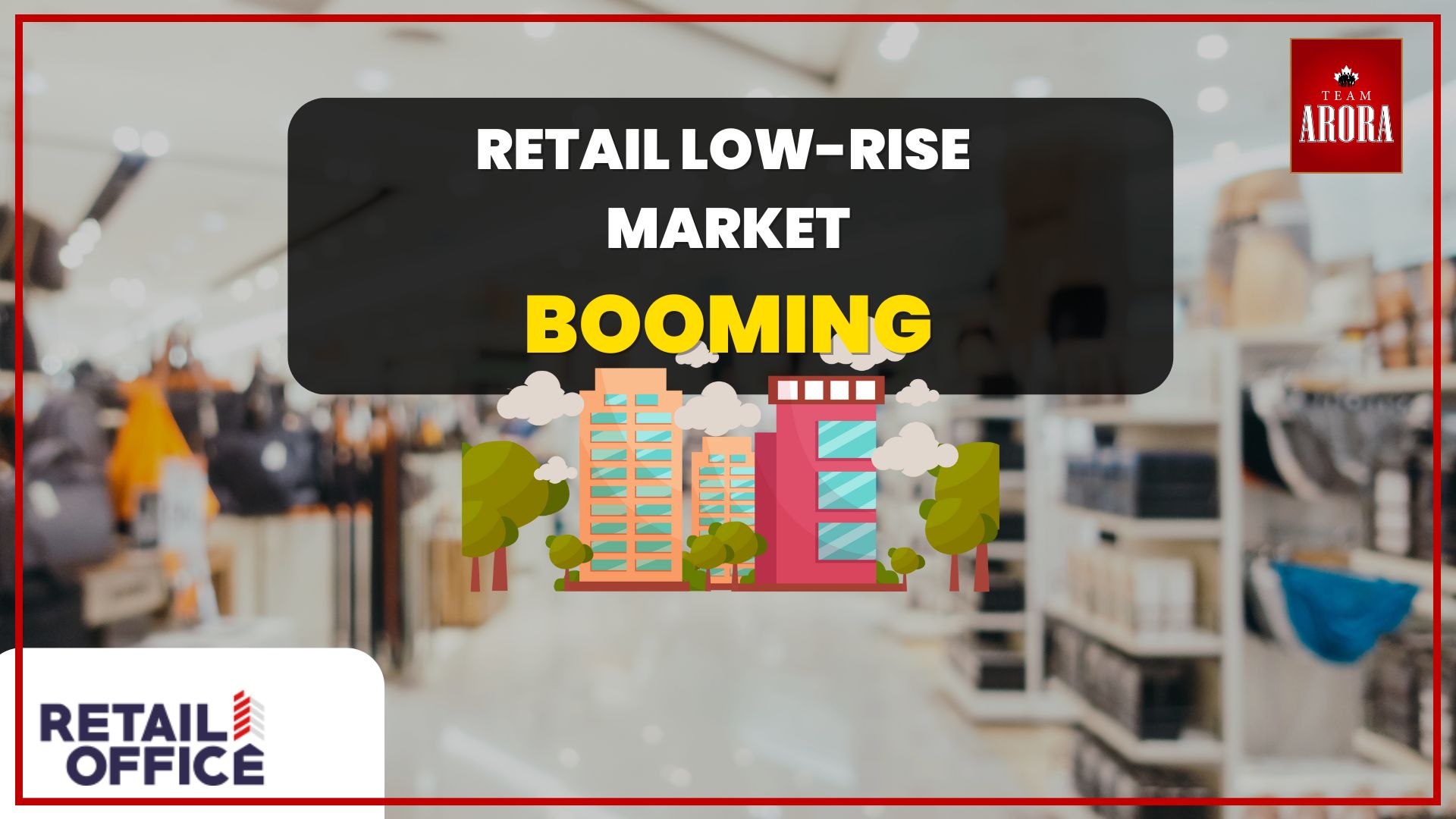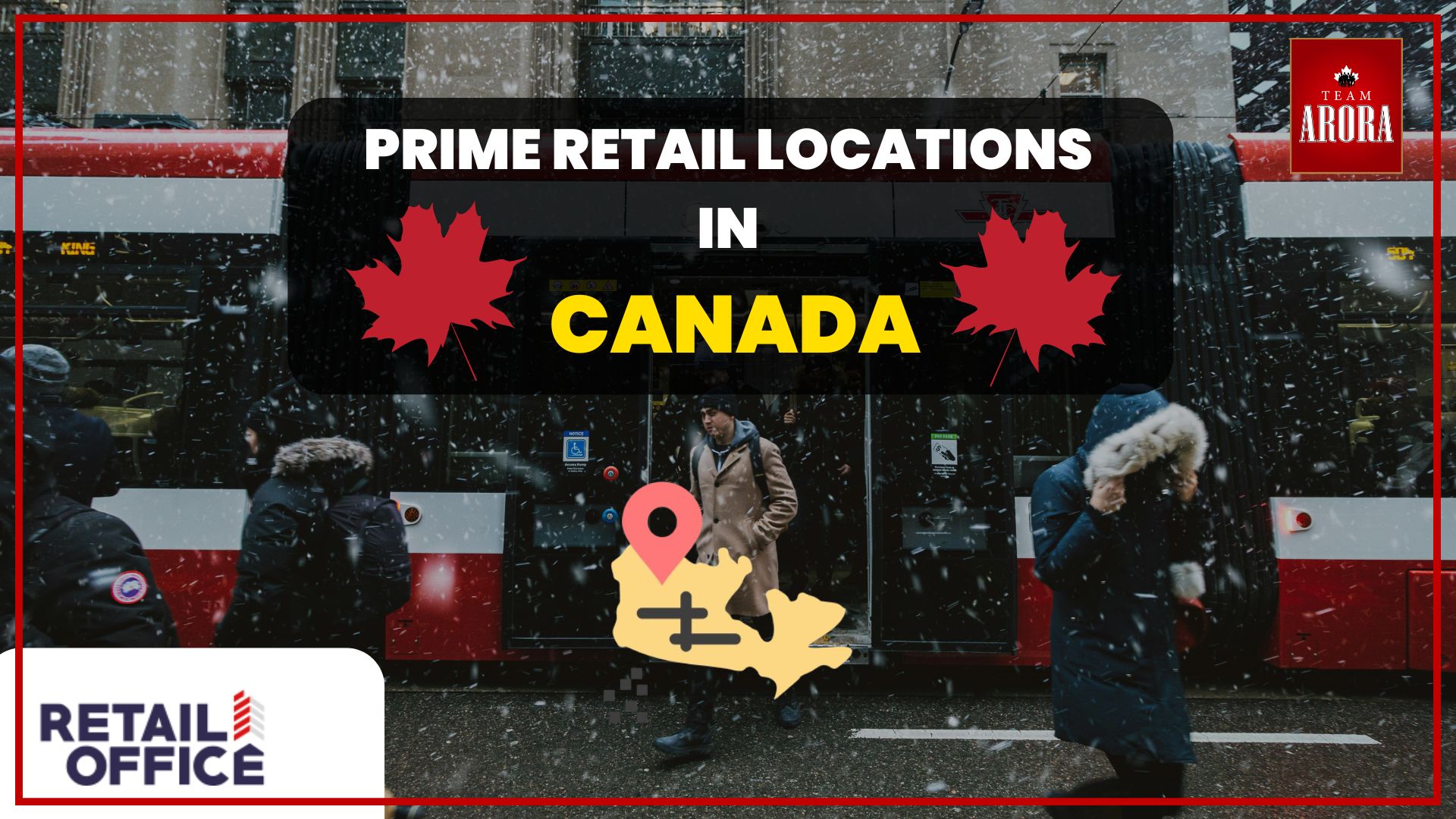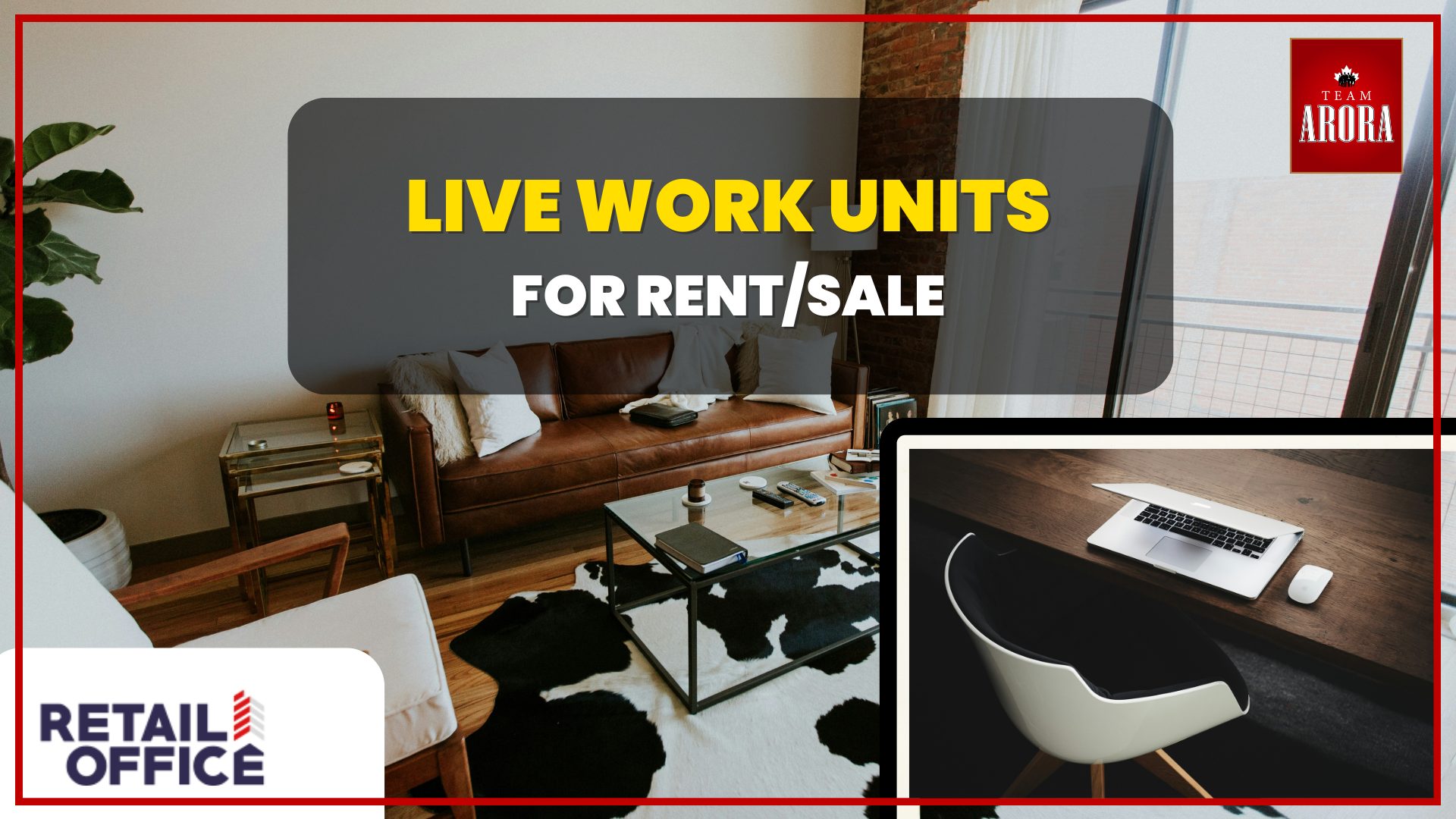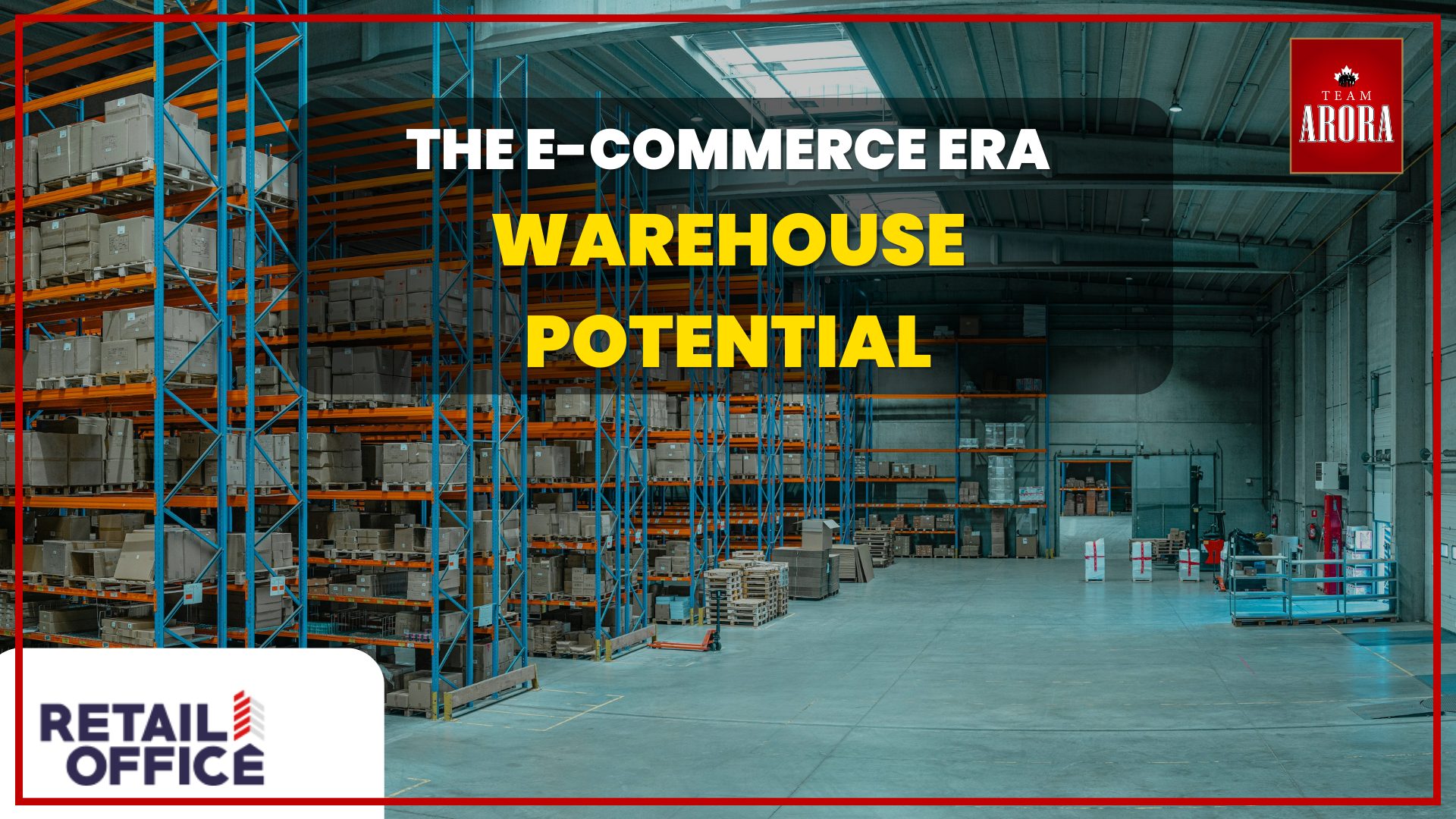As 2024 comes to a close, the retail market in Ontario is undergoing dynamic changes shaped by consumer preferences, technological advancements, and economic trends. For businesses aiming to stay ahead, understanding these shifts is key to thriving in the competitive landscape of 2025. Whether you’re a local boutique owner, an e-commerce entrepreneur, or a retail chain operator, this blog dives into what’s trending and what’s profitable for the Ontario retail market.
2024 Retail Trends in Ontario
1. Sustainability in Shopping
Ontarians are increasingly favoring eco-friendly options. From reusable packaging to locally sourced products, consumers want to reduce their environmental impact. Brands like Lush and Patagonia, which emphasize sustainable practices, have seen significant growth.
Key takeaway: Incorporate eco-conscious options into your product lineup. Highlight green initiatives in marketing campaigns to appeal to environmentally savvy shoppers.
2. Omnichannel Shopping Experience
2024 saw an explosion in hybrid shopping behaviors. Consumers expect seamless transitions between online and offline experiences. From virtual try-ons to in-store pick-up options, the lines between digital and physical retail continue to blur.
Key takeaway: Invest in omnichannel capabilities such as online inventory updates, mobile-friendly websites, and in-store kiosks for digital orders.
3. Personalization Powered by AI
AI-driven tools have enabled retailers to offer highly personalized shopping experiences. From tailored product recommendations to dynamic pricing models, technology has become a cornerstone of consumer satisfaction.
Key takeaway: Use AI-driven analytics to understand customer preferences and optimize product offerings and promotions.
Ontario’s Retail Opportunities for 2025
1. The Rise of Health and Wellness Retail
The pandemic-era focus on health continues to dominate consumer spending. Products such as organic food, fitness gear, and wellness gadgets are expected to see significant demand in 2025. Ontario-based brands like Goodness Me!
2. Home Improvement and Smart Tech
As work-from-home persists for many, Ontarians are investing in home upgrades. Smart home technology—like security systems, automated lighting, and smart thermostats—is becoming mainstream. Retailers specializing in electronics or home goods can capitalize on this trend.
Action Plan: Stock trending home tech products. Offer bundles that combine smart tech solutions for convenience.
3. Second-hand and Resale Markets
Ontario shoppers love the hunt for unique, pre-loved items. Platforms like Poshmark and ThredUp are seeing traction, but physical resale stores can also thrive by offering curated experiences.
Action Plan: If you’re in fashion or furniture, consider adding resale options. Host events like thrift fairs or trade-in days to engage the community.
4. Cultural and Ethnic Diversity
The demand for ethnic foods, clothing, and decor is on the rise. Retailers that embrace this diversity by offering a wider range of products will resonate deeply with local communities.
Action Plan: Stock inventory that caters to diverse cultural preferences. Highlight cultural celebrations in your marketing calendar.
Marketing Tips for Ontario Retailers in 2025
1. Local SEO Optimization
Most consumers in Ontario search for stores “near me” when making purchasing decisions. Optimize your Google My Business profile and include keywords like “Toronto sustainable shopping,” “Ottawa health store,” or “Hamilton smart home gadgets.”
2. Social Media Storytelling
Use platforms like Instagram and TikTok to tell stories about your products, values, and team. Behind-the-scenes content showcasing your connection to Ontario’s communities will enhance brand loyalty.
3. Seasonal Campaigns
Leverage seasonal trends like winter gear in January, back-to-school in September, or holiday gift guides. Highlight Ontario-centric themes—such as celebrating winter in Muskoka or summer at the Toronto Islands.
Final Thoughts
The Ontario retail landscape is evolving, but with change comes opportunity. By staying attuned to consumer preferences and market trends, you can position your business for success in 2025 and beyond. From embracing sustainability to leveraging technology and cultural diversity, the future is brimming with potential. Start planning now to make 2025 your most profitable year yet!
